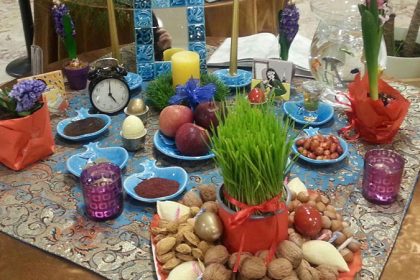Research on the skull discovered in Türkiye has shown that this skull does not belong to Arsinoe IV, Cleopatra’s half-sister.
Working on a skull attributed to Arsinoe IV, Cleopatra’s half-sister, researchers rejected this connection. According to this research, the skull belongs to a teenage boy with a genetic disorder.
In 1929, a skeleton was discovered in a marble coffin in the Octagon building in Ephesus, Türkiye. Because there was no inscription on the sarcophagus, archaeologists speculated that the burial belonged to a very important young woman, and hypothesized that the woman might have been Arsinoe IV, Cleopatra’s half-sister.
A skull long thought to belong to Arsinoe IV, Cleopatra’s half-sister, actually belongs to a teenage boy with a genetic disorder, researchers say. In a new study, a combination of CT scans and DNA analysis has proven that a skeleton discovered in Turkey a century ago did not belong to Arsinoe.
Arsinoe IV had rebelled against her half-sister and Julius Caesar and led the siege of Alexandria in 48-47 BC. Arsinoe and her forces lost that battle and she took refuge in the Temple of Artemis in Ephesus, Türkiye. In 41 BC, when she was 22, Mark Antony ordered Arsinoe’s execution.
Now the result of the research shows that although the radiocarbon test of the skull shows the age of this skull according to the death date of the step sister; But the growth stage of this skeleton was related to a person between 11 and 14 years old. Further investigation revealed that this skull definitely belonged to a boy who had a genetic disease.
RCO NEWS

















